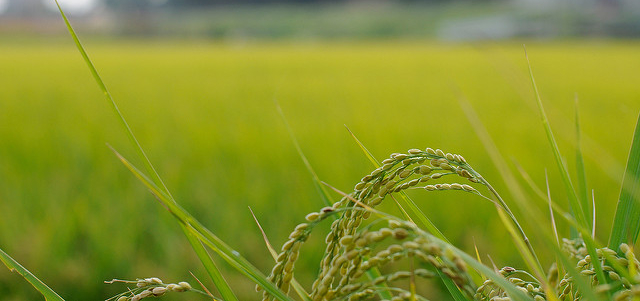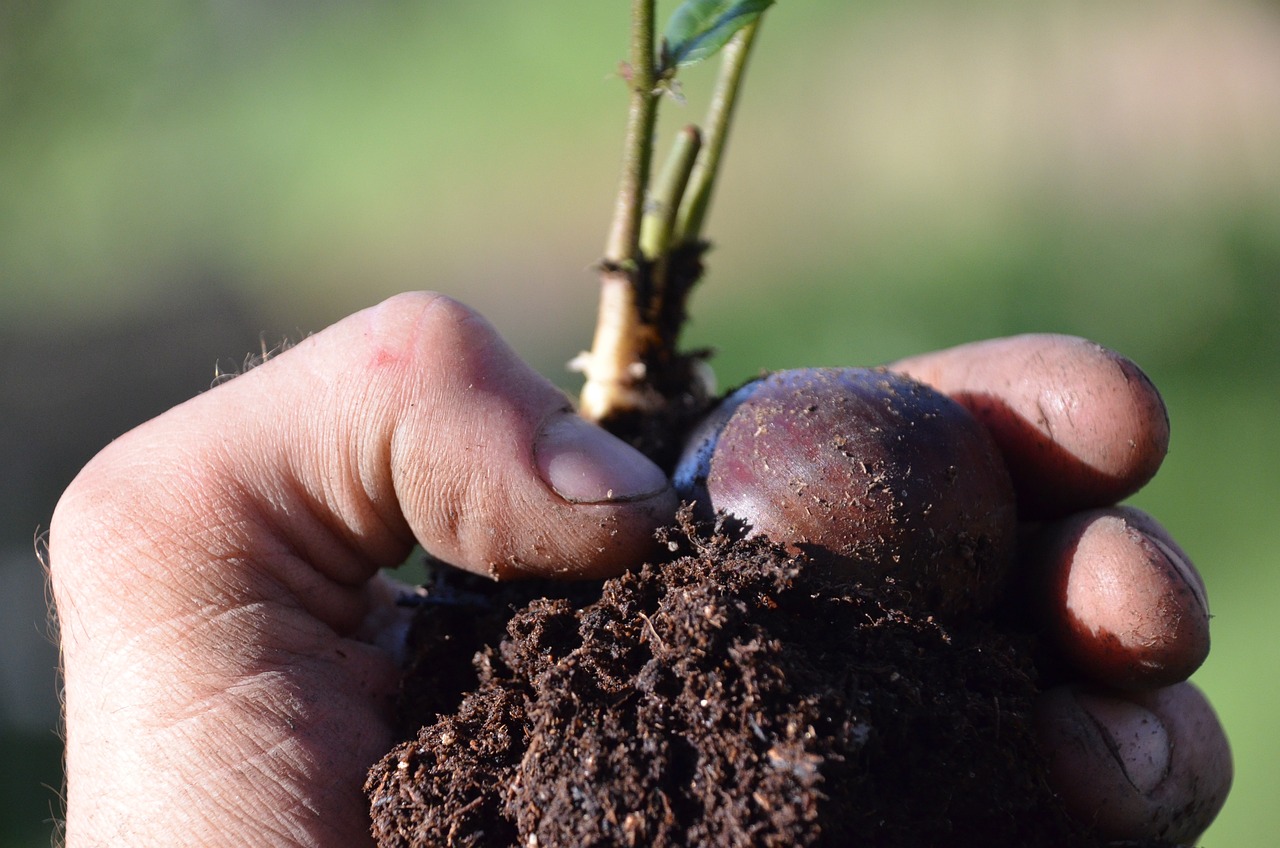Farming, one of humanity’s oldest and most vital professions, has seen a myriad of innovations and adaptations over the years. These developments have resulted in an array of farming methods, each with its unique strengths, limitations, and suitable conditions. This article will take you through a selection of these methods, examining their characteristics and uses.
Traditional Farming
Traditional farming, often referred to as subsistence farming, is primarily designed to produce enough food to meet the needs of the farmer and their family. The main characteristic of traditional farming is its dependence on the forces of nature and the labor of humans and draft animals. It often involves small-scale, mixed cropping and relies heavily on manual labor and traditional tools. While traditional farming is less damaging to the environment, it often struggles to produce enough yields to support growing populations.
Conventional Farming
Conventional farming, or industrial agriculture, is characterized by large-scale monoculture, heavy use of chemical fertilizers and pesticides, and extensive use of machinery. This method focuses on maximizing productivity and profitability. While it successfully produces high yields, it has come under scrutiny for its environmental impact, including soil degradation, water pollution, and reduced biodiversity.
Organic Farming
Organic farming aims to create a sustainable and healthy food system by refusing to use synthetic fertilizers, genetically modified organisms (GMOs), and chemical pesticides. Instead, it focuses on practices like crop rotation, green manure, compost, and biological pest control. Organic farming contributes to environmental preservation by enhancing soil quality and biodiversity, but it often requires more labor and results in lower yields compared to conventional farming.
Hydroponic Farming
Hydroponic farming involves growing plants in nutrient-rich water, without soil. This method allows for precise control over the growing conditions, including nutrients, light, and temperature. It can produce high yields in small spaces, making it suitable for urban environments. Hydroponic systems, however, can be expensive to set up and maintain, and they are energy-intensive.
Vertical Farming
Vertical farming is a type of controlled-environment agriculture that stacks crops vertically, usually in a closed structure like a greenhouse or in a skyscraper. It uses controlled-environment agriculture (CEA) technology, where all environmental factors can be controlled. This method optimizes plant growth, and soilless farming techniques such as hydroponics, aquaponics, and aeroponics are often employed. The primary advantages of vertical farming include a significant reduction in the amount of land and water needed for agriculture. However, high setup and energy costs are notable challenges.
Permaculture Farming
Permaculture farming is a holistic farming method that seeks to mimic natural ecosystems in order to create sustainable and self-sufficient agricultural systems. It involves growing a variety of plants together to enhance biodiversity, which in turn increases resilience to pests, diseases, and climate fluctuations. While permaculture designs can be labor-intensive to establish, they tend to require minimal upkeep once matured.
In conclusion, there is a wide range of farming methods available today, each with its unique strengths and challenges. The choice of method depends on several factors, including the type of crop, the local climate, and the farmer’s resources and goals. As the world grapples with issues like climate change, population growth, and food security, the evolution of farming methods continues to be of paramount importance.


